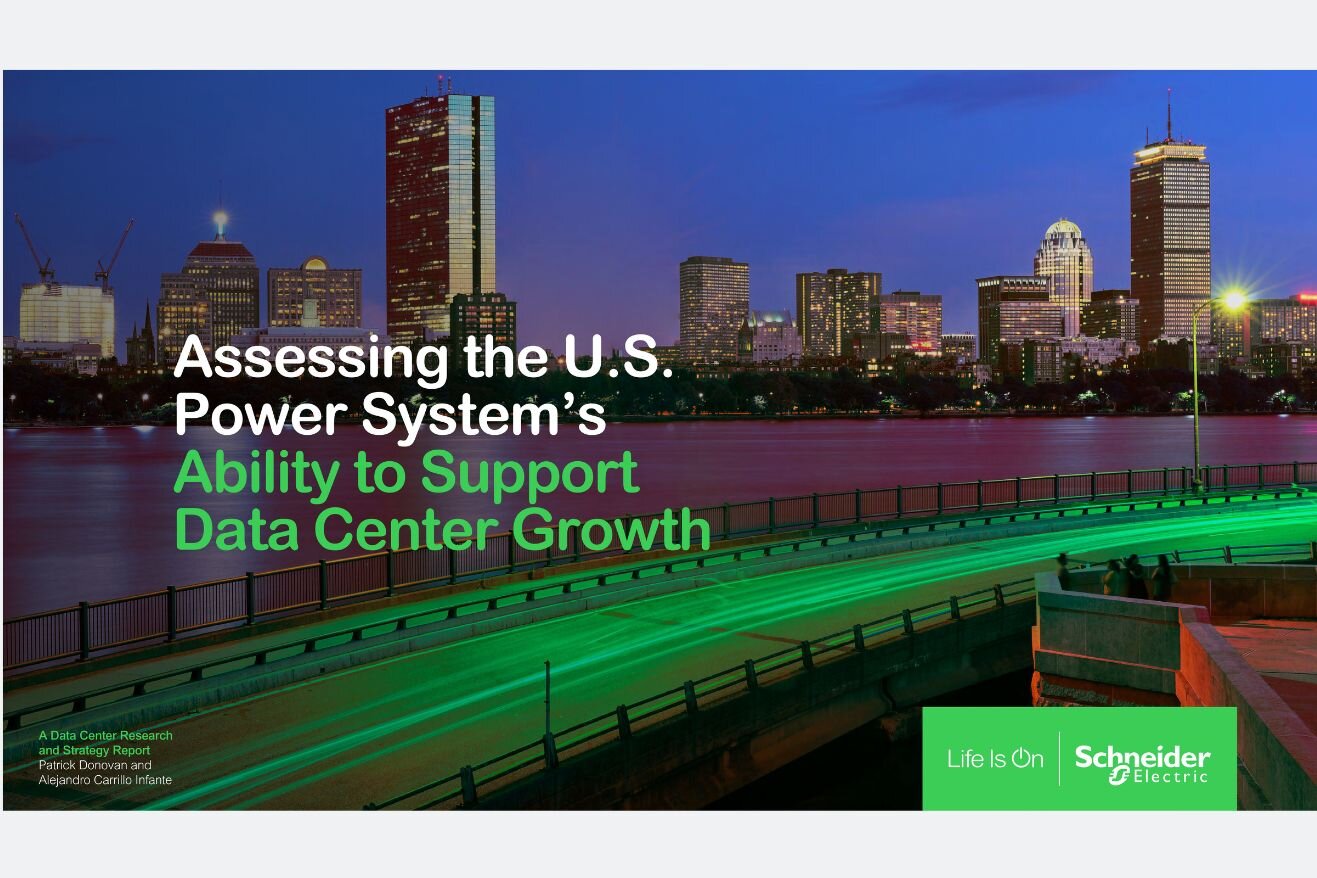Assessing the U.S. power system’s ability to support data center growth
- By Patrick Donovan and Alejandro Carrillo Infante
- 30 Jul 2025
- 4 min
Overview
- 7 of 13 North American Electric Reliability Corporation (NERC) regions will operate below capacity safety margins through at least 2030.
- Data centers are shifting to secondary markets as traditional hubs face severe energy constraints.
- Companies are adopting 'bring-your-own-power' strategies with natural gas turbines, solar microgrids, and battery storage systems.
The United States electric grid, after decades of negligible growth, is experiencing a demand surge not witnessed since the post-World War II era. This dramatic shift, driven primarily by data centers concentrated in developing and deploying artificial intelligence data centers, manufacturing reshoring, and widespread electrification, has created what energy experts characterize as a "very energy constrained" market environment. This sea change in demand is bringing about a threat to grid stability across much of the nation.
Our latest report, “Assessing the U.S. Power System’s Ability to Support Data Center Growth”, reveals a stark reality: seven of 13 major U.S. grid regions will operate below critical safety margins for most of the forecast period between 2025 and 2030. Using data from the North American Electric Reliability Corporation (NERC), the assessment shows that these regions face a heightened risk of outages, rolling blackouts, and severe price volatility.
The implications extend far beyond technical metrics. When grids operate with insufficient reserves, operators must resort to emergency measures to maintain stability, including voltage reductions, demand response programs, and in extreme cases, rolling blackouts. The affected regions will find themselves severely constrained in their ability to accommodate new industrial loads precisely when demand is accelerating.
The timing of this capacity crunch coincides with an unprecedented transformation of America's energy landscape. The consulting company, Grid Strategies projects U.S. electricity demand will surge 15.8% by 2029, marking the steepest growth trajectory in generations. Yet this demand explosion occurs as utilities simultaneously navigate the clean energy transition, retiring baseload fossil fuel generators wherever possible while integrating intermittent renewable sources.
This dynamic creates a paradox: renewable additions, while essential for long-term sustainability, actually increase the required safety margins that utilities must maintain. Grid operators face the unprecedented challenge of managing a growing share of renewables and the rapid growth in demand simultaneously.
The capacity constraints carry profound economic consequences. Data centers face new rate structures that require they "pay their fair share" of infrastructure upgrades, including minimum take clauses that charge for reserved capacity regardless of actual usage. Energy costs, already a dominant factor in site selection, will become even more critical as utilities implement demand-based pricing models.
Perhaps most concerning for sustainability advocates, the urgent need for reliable baseload power is extending the operational life of coal and natural gas facilities originally scheduled for retirement. Georgia Power has deferred coal plant closures, while Omaha's Public Power District postponed shuttering its North Omaha facility to meet data center demand—decisions that temporarily compromise emission reduction goals.
Yet this challenge will catalyze innovation. The stark reality of current demand patters is driving accelerated investment in advanced nuclear technologies, green hydrogen production, fuel cells, enhanced geothermal systems (EGS), and carbon capture systems paired with natural gas turbines/engines.
Faced with these constraints, data center developers are implementing sophisticated mitigation strategies that fundamentally reshape industry practices:
Although grid capacity will be severely limited and possibly even exhausted in some localized areas, our analysis concludes that forecasted data center demand through 2030 remains achievable – assuming the right actions are taken.
Not only are substantial investments required for the grid, but data center site selection, design, and operations will need to change for many. We believe data center developers have options to successfully navigate these challenges.
Success requires unprecedented collaboration between developers, utilities, and regulatory authorities to optimize site selection, accelerate connection processes, and implement flexible operating models.
Data center developers should...
Consider partnering with an energy procurement services vendor for faster grid connection
Collaborate early with utility companies for input on site selection, design, and connection requirements
Explore energy-as-a-service offers as a means to de-risk and accelerate projects with contractually guaranteed pricing
Dive Deeper
The energy constraints reshaping America's data center landscape demand immediate strategic attention from industry leaders, investors, and policymakers. Our comprehensive report, "Assessing the U.S. Power System's Ability to Support Data Center Growth," provides the detailed regional analysis, methodology, and actionable recommendations essential for navigating this transformed market environment.

Latest in AI & Technology
A cybersecurity blueprint: Securing critical infrastructure through zones of influence
Bridging data and AI for success: Why it matters for businesses
Transforming data center services: AI-driven condition-based maintenance
The looming power crunch: Solutions for data center expansion in an energy-constrained world

